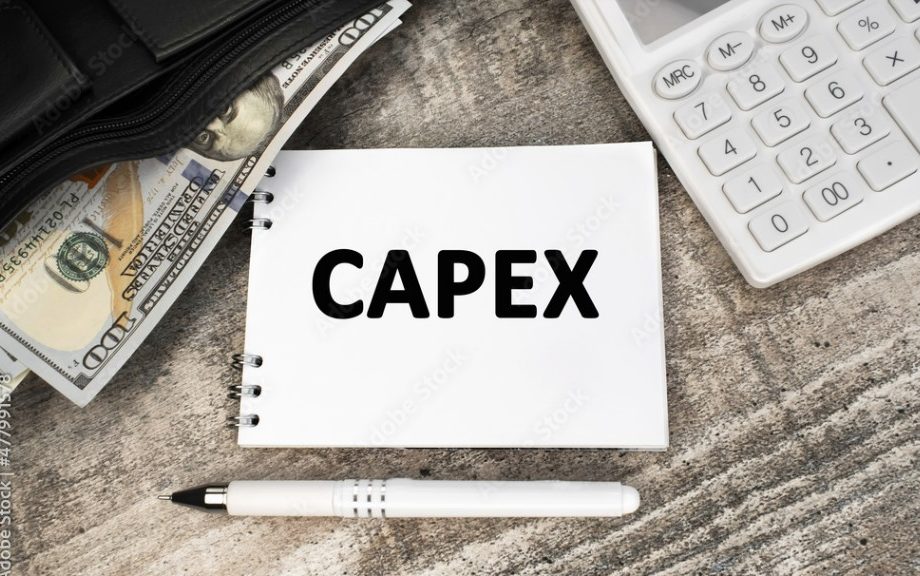In the world of investing, comprehending various financial terminologies and their implications is crucial. One such term that holds significant importance is ‘Capex.’ Capex, or Capital Expenditure, is essential for a company’s growth and competitive edge. This article aims to delve into what Capex means, particularly in the context of Indian investments, while highlighting its role alongside other financial tools like debentures.
What Does Capex Mean?
Capital Expenditure (Capex) meaning refers to the funds utilized by a company to acquire, upgrade, and maintain physical assets such as property, buildings, industrial plants, technology, or equipment. It is a vital aspect of any business operations, aimed at enhancing the company’s capacity, efficiency, or generally improving its performance over the long term.
In accounting terms, Capex is capitalized because the benefit is expected to extend beyond the current fiscal year. This cost is recorded as an asset on the company’s balance sheet rather than an expense on the income statement. Over time, these costs are either amortized or depreciated.
The Significance of Capex in Investment Analysis
For investors, Capex is a critical measure of a company’s growth potential. High levels of Capex can indicate that a company is investing in future growth by expanding its operations or upgrading its assets. Conversely, minimal Capex might suggest that the firm is in a mature stage of its lifecycle with limited growth prospects.
Understanding Capex provides insights into:
- Growth Potential: Companies with significant Capex initiatives often aim to expand their market share, introduce new product lines, or improve operational efficiency.
- Financial Health: A company implementing strategic Capex is typically positioned for sustained performance in the industry. However, excessive spending without corresponding returns can be a red flag.
- Operational Efficiency: Investments in modern technology or upgraded facilities can result in reduced operational costs and increased margins over time.
Capex in Numbers: An Illustration
To comprehend Capex better, let’s consider a hypothetical scenario. Suppose a company in India invests INR 50 crore in new manufacturing equipment expected to last 10 years. If the straight-line depreciation method is used, the annual depreciation expense would be INR 5 crore.
Calculation:
– Initial Capex = INR 50 crore
– Useful life of equipment = 10 years
– Annual Depreciation = Initial Capex / Useful life
– Annual Depreciation = INR 50 crore / 10 = INR 5 crore per year
This calculation helps in understanding the impact of Capex on the company’s financial statements.
Capex and Debentures: A Financial Duo
While Capex pertains to asset acquisition and maintenance, debentures are a method of raising capital for such investments. Debentures are debt instruments used by companies to borrow money, typically offering a fixed interest rate to lenders. Understanding the interplay between Capex and debentures can provide a comprehensive picture of a company’s financial strategies.
Why Companies Opt for Debentures:
– Lower Costs: Debt financing through debentures can be a more cost-effective means of raising capital compared to equity financing, especially in a market with stable interest rates.
– Tax Benefits: Interest on debentures is tax-deductible, offering a financial advantage over equity financing.
– No Dilution of Ownership: Unlike equity, issuing debentures does not dilute existing shareholders’ ownership.
However, it is crucial for investors to assess the debt levels of a company due to potential risks associated with over-leveraging.
A Look at Capex Trends in India
In India, Capex trends vary across sectors. Infrastructure, manufacturing, and technology sectors typically exhibit higher Capex due to their capital-intensive nature. With the government’s push towards infrastructure development and digitalization, trends in these industries might reflect increased investor interest.
Conclusion and Disclaimer
Capex is a crucial indicator of a company’s strategic direction and growth potential. When combined with tools such as debentures, it forms the backbone of corporate financial strategy aimed at steering the company towards achieving its long-term objectives. However, like all investment endeavors, Capex decisions come with inherent risks.
Disclaimer: The information provided in this article is for educational purposes only. Investors are advised to conduct thorough research and consider various factors before making investment decisions in the Indian stock market. Understanding all the pros and cons of financial instruments like Capex and debentures is essential to mitigate risks and make informed investment choices.



 :
:









